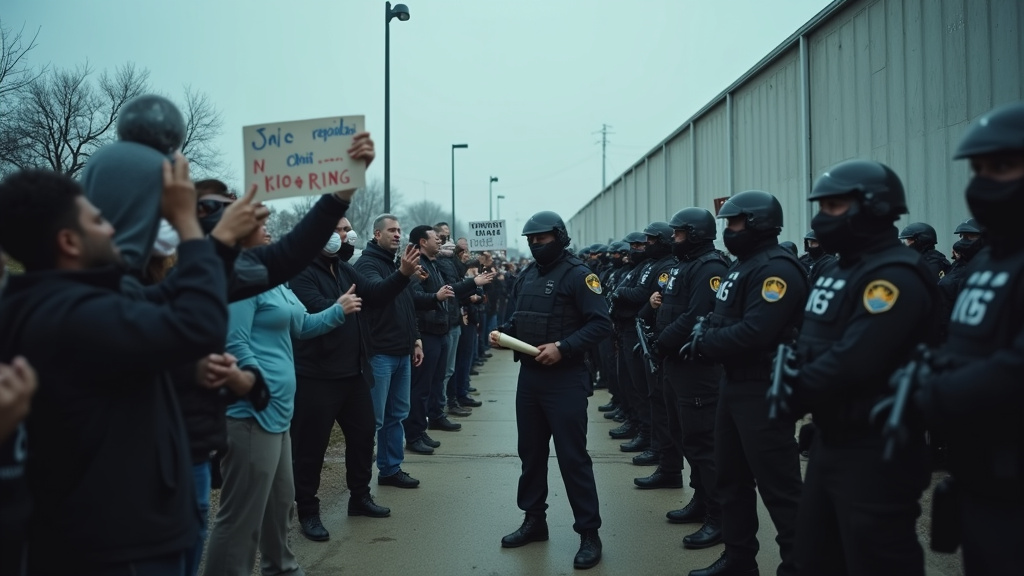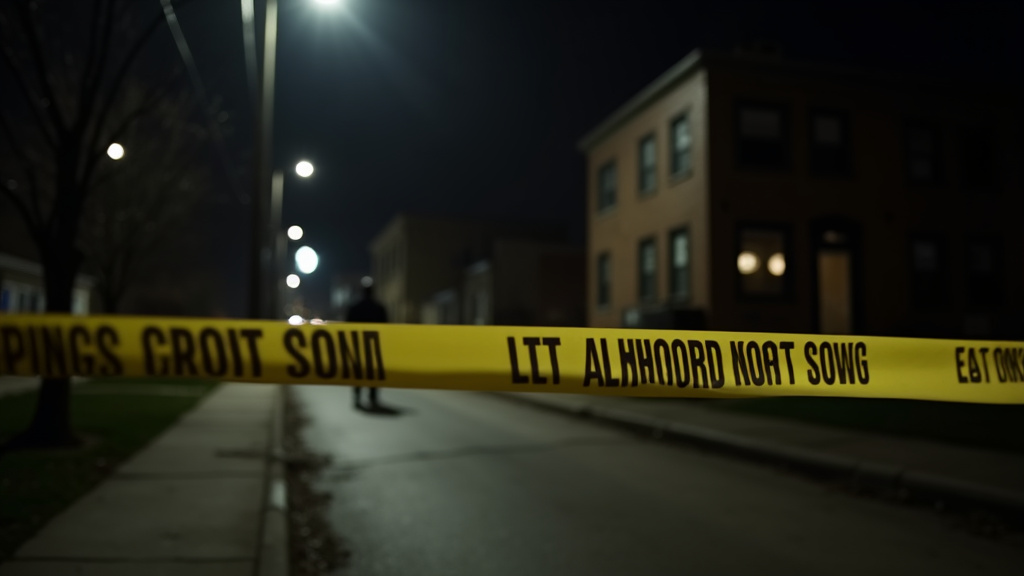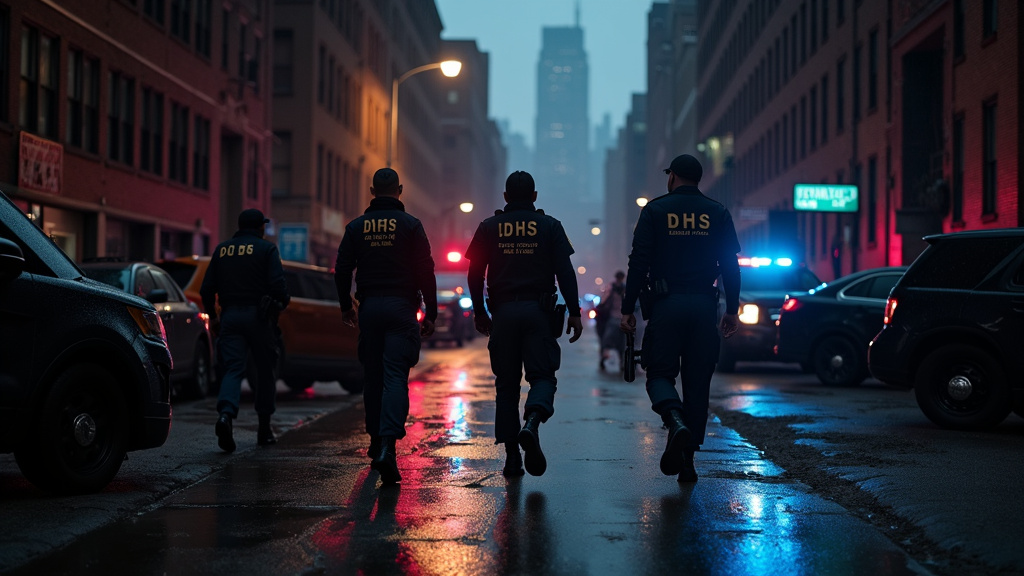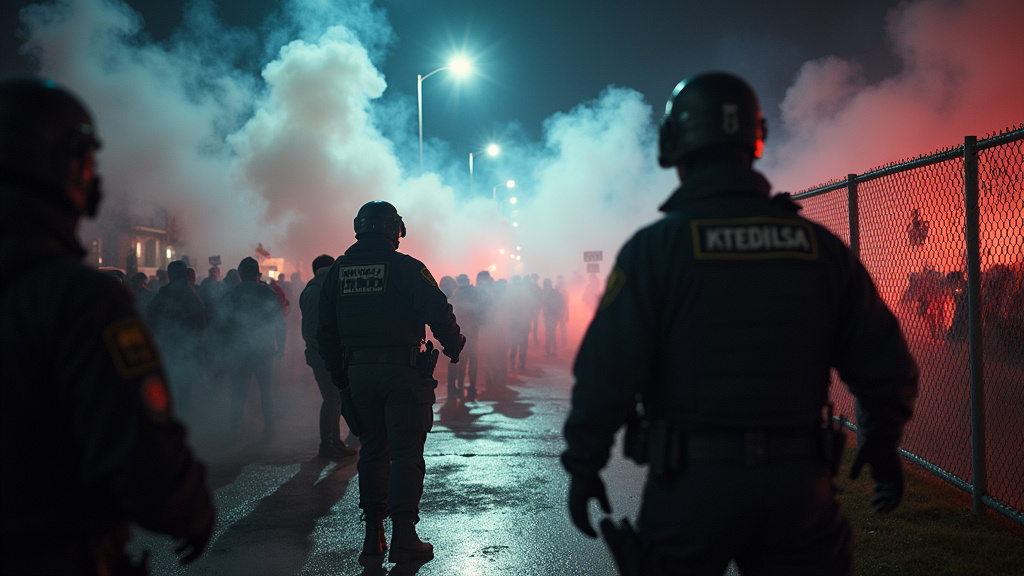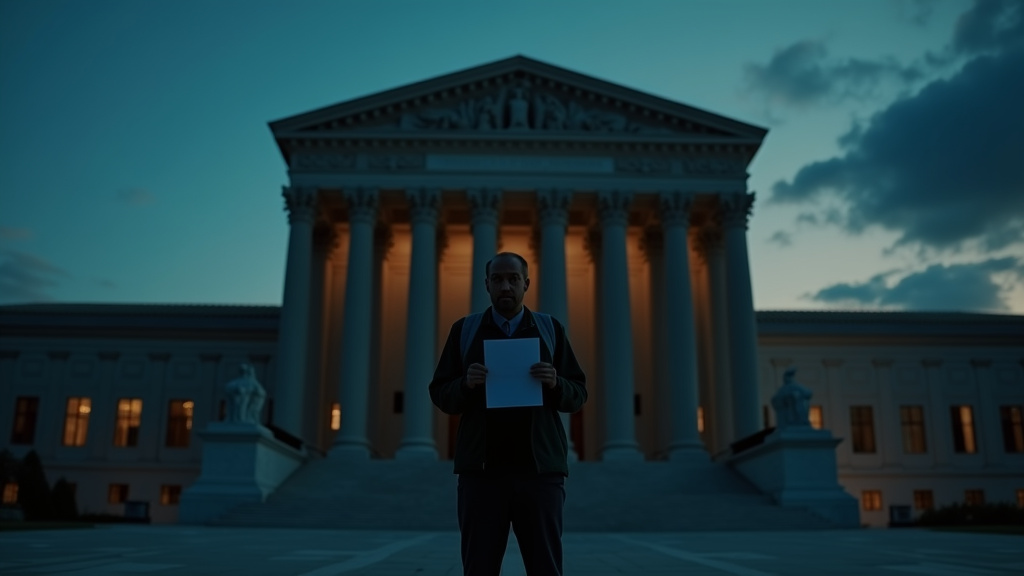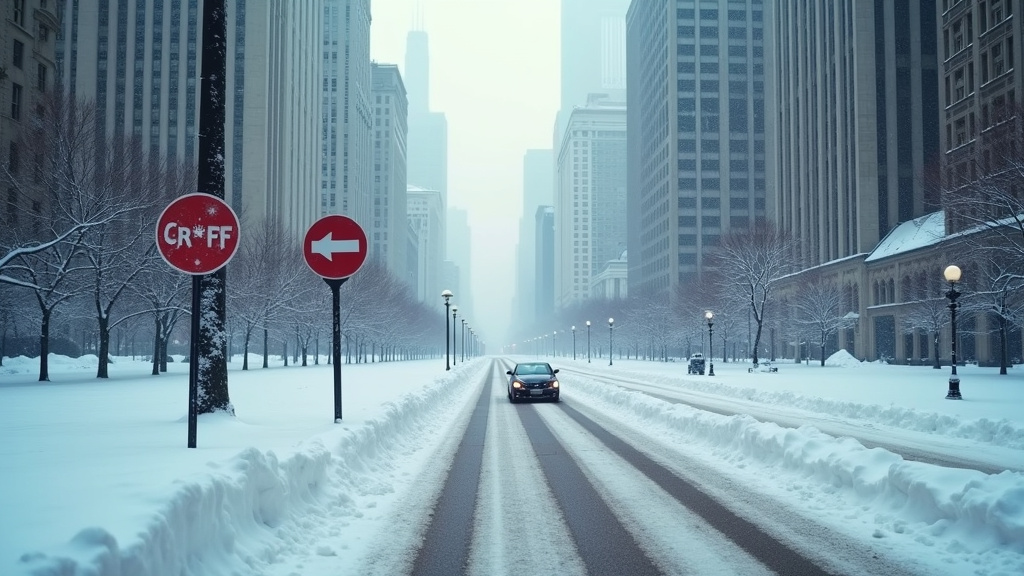A federal judge in Chicago is set to question top federal officials about the alleged use of tear gas and other forceful tactics during a series of immigration raids across the city and its suburbs. U.S. District Judge Sara Ellis has expressed significant dissatisfaction, stating that immigration agents appear to have violated her previous orders by deploying chemical agents against individuals not posing an immediate threat.
Judicial Scrutiny Over Forceful Tactics
Judge Ellis’s concerns stem from multiple incidents where Department of Homeland Security (DHS) and Immigration and Customs Enforcement (ICE) agents have reportedly used tear gas and other crowd-control weapons. These actions allegedly occurred despite a court order requiring agents to issue warnings before deploying such measures and to refrain from using force against journalists, protesters, and the public unless an immediate threat is present. The judge’s frustration is palpable, as she noted that agents appear to have disregarded her directives. This intense judicial oversight is part of a broader legal challenge brought by media organizations, including the Chicago Headline Club and Block Club Chicago, alongside various protesters, who allege federal agents have used excessive force and retaliated against them.
Pattern of Tear Gas Deployment
In the past few weeks leading up to the judicial inquiry, DHS agents have deployed tear gas on at least four occasions in Chicago neighborhoods: Logan Square on October 3, Brighton Park on October 4, Albany Park on October 12, and East Side last Tuesday. These deployments, often occurring during immigration enforcement operations or in response to public gatherings, have drawn sharp criticism from local officials and residents. Witnesses and video evidence suggest that warnings were not issued before the chemical agents were deployed, and individuals were not given an opportunity to disperse. In some instances, Chicago police officers were also exposed to the tear gas, highlighting the indiscriminate nature of its use.
Body Camera Mandate and ICE Field Director’s Departure
Amidst these controversies, Judge Ellis has reinforced her order requiring all federal agents involved in immigration enforcement in the Chicago area to wear and actively use body-worn cameras. She emphasized that this is not a suggestion but a direct order, aiming to ensure transparency and accountability for agents’ actions. This directive comes as federal officials have made conflicting statements regarding the existence of such an order. Adding to the unfolding events, Russell Hott, the former ICE Field Director for Chicago, was expected to testify before the judge. However, federal officials informed the court that Hott had recently departed his post to return to Washington D.C., a move that attorneys for the plaintiffs have viewed with skepticism, noting its convenient timing after he was summoned to court.
“Operation Midway Blitz” and Aggressive Tactics
The incidents are part of a larger federal immigration enforcement campaign in Chicago, dubbed “Operation Midway Blitz.” This operation, initiated in early September, has led to thousands of arrests, with DHS stating its focus is on apprehending “criminal illegal aliens.” However, critics, including Illinois Governor J.B. Pritzker and Chicago Mayor Brandon Johnson, have decried the tactics used, describing them as “military-style” and “reckless.” Reports detail aggressive enforcement methods, including helicopter-assisted raids on apartment buildings, the use of zip ties on residents (including children), and operations in predominantly Latino neighborhoods that have caused fear and economic disruption. The use of tear gas and other forceful measures against protesters and residents has been particularly alarming, drawing parallels to similar crackdowns in other cities.
Broader Context and Trending News
The escalating tensions in Chicago have also been intertwined with other trending news, including ongoing protests such as the “No Kings” movement, which has seen large turnouts. The increased federal presence and tactics have galvanized community resistance, with local groups monitoring ICE activity and advocating for immigrant rights. Recent operations targeting rideshare drivers near O’Hare International Airport have also contributed to the climate of concern. The legal battles, including lawsuits challenging the use of force and demanding transparency, are part of a larger national conversation about immigration enforcement policies and the constitutional rights of individuals, making this a critical news development.
Implications and Ongoing Investigation
As Judge Ellis prepares to question federal officials, the proceedings are expected to shed further light on the adherence to court orders and the legality of the tactics employed by federal immigration agents in Chicago. The outcome could have significant implications for future immigration enforcement operations nationwide, particularly concerning the use of crowd-control measures and the protection of civil liberties. The ongoing news surrounding these events underscores the deep divisions and legal challenges arising from the current administration’s approach to immigration.


